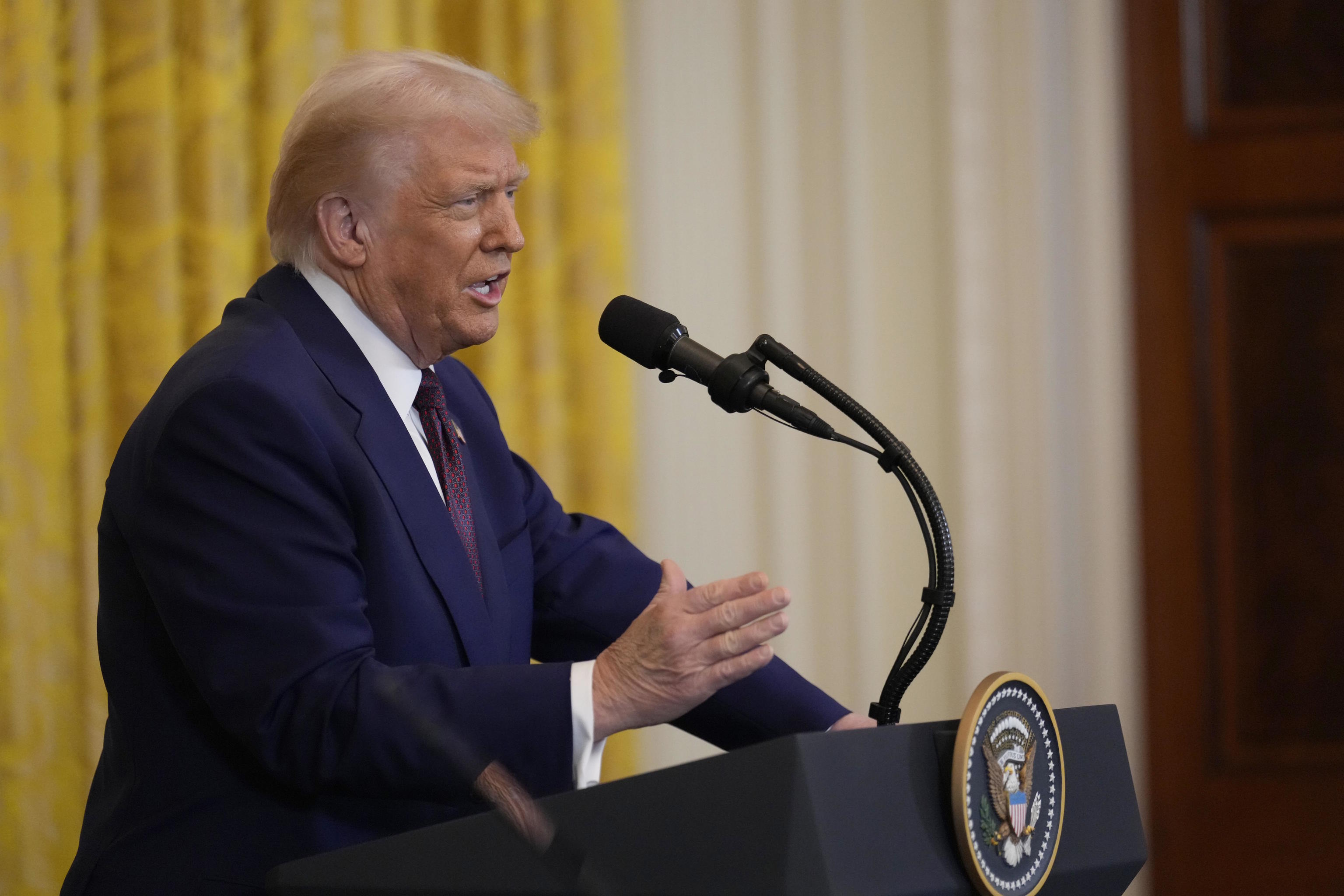The new trade war between the United States and the European Union has already been declared, and now we must wait to see how the first wave will materialize and what damage the affected industries will suffer. At the moment, the announcement serves as a warning that starting next April, the U.S. Department of Commerce would have a list prepared to establish the priority countries and sectors for tariff penalties.
There are two key points to interpret where the new tariff round announced by Trump may lead. One is that the general criterion for raising barriers is the U.S. trade deficit with its allies, in this case, the European Union and each of the 27 countries that compose it. The second is that the casus belli chosen by the U.S. president in the European case is the VAT, which he considers an indirect tariff.
When measuring exports and imports, the net result of the trade balance on both sides of the Atlantic is favorable to the EU by 235,000 million euros, a fifth of the total trade deficit that the United States has with the world and wants to remedy through tariffs.
In this deficit, the list of countries that benefit the most is led by Germany. Mainly thanks to its powerful pharmaceutical and automotive industries, the country has a surplus of 85,000 million euros. On the other hand, among the partners that suffer the most in their exchange of goods and services with the United States, the Netherlands stands out, with a negative balance of 34,000 million, according to Eurostat data for 2023.
Although the European Union is a bloc and it is not possible to establish discriminatory trade barriers among its members, according to this criterion, Spain should not be among the worst affected. It is the second country, behind the Netherlands, with the worst results in its trade relationship with the United States, presenting a deficit of over 5,000 million euros. Our exports barely exceed 18,000 million while purchases of U.S. products are above 24,000 million.
Despite 25 EU partners having figures that initially make them a much more visible target than Spain, the truth is that the experience of the first war launched by Trump in 2018 has taught Spanish companies that any reason can cause problems.
If seven years ago, aid to Airbus was enough to impact activities as unrelated as Spanish wine exports, this time it could be any other reason, such as the Digital Services Tax applied by seven European countries, including Spain, on a percentage of the revenues of Google or Meta.
With Boeing's critical situation, another blow to an industrial giant like Airbus would not be surprising. But given the special relationship that seems to have developed between the major tech companies and the presidency of Donald Trump, it can be assured that this will be a reason to impose tariffs on Spanish products. Although the revenue generated by the tax in Spain barely exceeds 300 million euros, it is possible that, along with steel and aluminum already targeted, it will be paid by manufacturers of car parts, the wind component industry, or any area of the agri-food sector.
Regarding the VAT, Trump stated yesterday that he now considers it an indirect tariff on his exports to the EU and specifically pointed out the VAT that automobiles exported to this side of the Atlantic bear. On average, the VAT represents 20%, although there are criteria that can place the rate at 15% or even 5% for basic goods. The entry of vehicles from the United States bears a 10% VAT, and conversely, the rate is 2.5% for a market dominated by German manufacturers with a supplier network distributed throughout the EU and with significant Spanish involvement.
